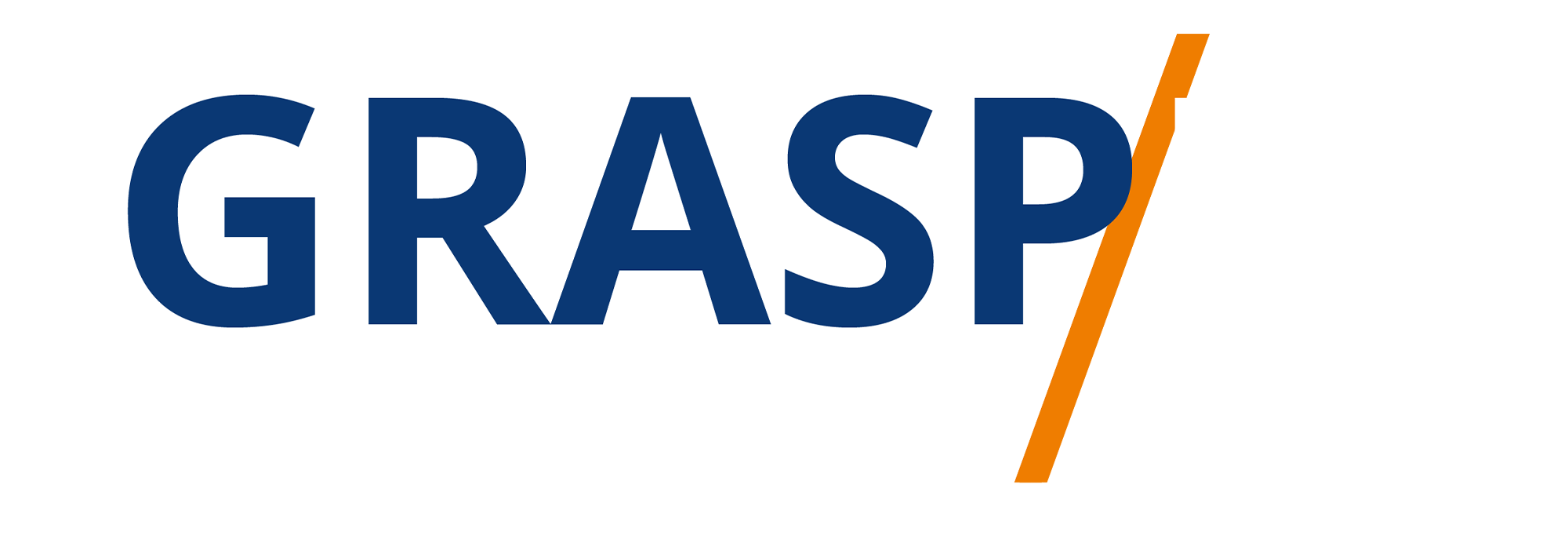Defining Pain Points for Targeted Solutions
Introduction
Knowing your audience is key to providing targeted solutions. By defining and understanding their pain points, challenges, and desires, you can tailor your offerings to address their specific needs. This requires thorough research and empathy to truly grasp what your audience is looking for. By solving their problems effectively, you can build a loyal customer base and establish yourself as an authority in your niche.
Case Study 1: Online Fitness Coaching
Business Problem: Sarah is a certified fitness coach who wants to launch her own online fitness coaching business. However, she understands the importance of knowing her audience and defining their pain points to provide effective and targeted solutions.
Solution: Sarah conducts extensive audience research to understand the pain points of her target audience and tailor her online fitness coaching services accordingly. She surveys potential clients, conducts interviews, and analyzes social media discussions to identify common challenges and desires. Sarah discovers that many individuals struggle with finding time for exercise, lack motivation, and have difficulty staying consistent with their fitness routines. Additionally, she finds that many people desire personalized guidance and accountability in their fitness journey.
Results: Equipped with a deep understanding of her audience's pain points, Sarah launches her online fitness coaching business. She offers personalized workout plans, nutrition guidance, and one-on-one coaching sessions to address her clients' specific needs and challenges. Sarah leverages technology to provide convenient and flexible solutions, such as customized workout videos and a mobile app for tracking progress. By focusing on the pain points of her audience and providing targeted solutions, Sarah gains a loyal customer base. Her clients appreciate the personalized approach and the accountability she offers, leading to successful transformations and positive word-of-mouth referrals. Through her knowledge of her audience and their pain points, Sarah establishes herself as a trusted fitness coach and builds a thriving online coaching business.
Case Study 2: Customer Support Software
Business Problem: David wants to develop and launch a customer support software solution for businesses. However, he recognizes the importance of understanding the pain points of his target audience to provide an effective and targeted solution.
Solution: David conducts extensive market research and interviews with businesses of various sizes and industries to identify their pain points in customer support. He discovers that many businesses struggle with long response times, lack of centralized customer data, and difficulties in tracking and managing customer inquiries efficiently. David also uncovers a desire for automation and self-service options to streamline support processes and enhance the customer experience.
Results: Armed with insights into the pain points of his target audience, David develops and launches a customer support software solution that addresses their specific needs. His software provides features such as a centralized helpdesk, automated ticket management, and knowledge base capabilities for self-service support. The software also integrates with popular communication channels to streamline customer interactions. Businesses appreciate the targeted solutions offered by David's software, as it helps them improve response times, enhance customer satisfaction, and optimize their support operations. Through his deep understanding of his audience's pain points and the effective solutions he provides, David establishes his customer support software as a valuable tool in the market.
Conclusion
Understanding your audience's pain points is essential for providing targeted solutions that can build a loyal customer base.
Case Study 1: Sarah, an online fitness coach, conducts extensive audience research and identifies common challenges such as time constraints, motivation issues, and consistency struggles. She tailors her fitness coaching services to offer personalized workout plans and one-on-one coaching to address these pain points. By providing flexible and convenient solutions, she gains a loyal customer base and establishes herself as a trusted fitness coach.
Case Study 2: David aims to develop a customer support software solution for businesses. He conducts thorough market research and discovers pain points such as long response times, lack of centralized customer data, and difficulties in managing customer inquiries efficiently. David's software addresses these issues with features like a centralized helpdesk and automation, making it a valuable tool for businesses. By understanding his audience's pain points and providing effective solutions, David successfully establishes his customer support software in the market.
Both Sarah and David's success stories emphasize the importance of knowing your audience and defining their pain points to offer targeted solutions.
